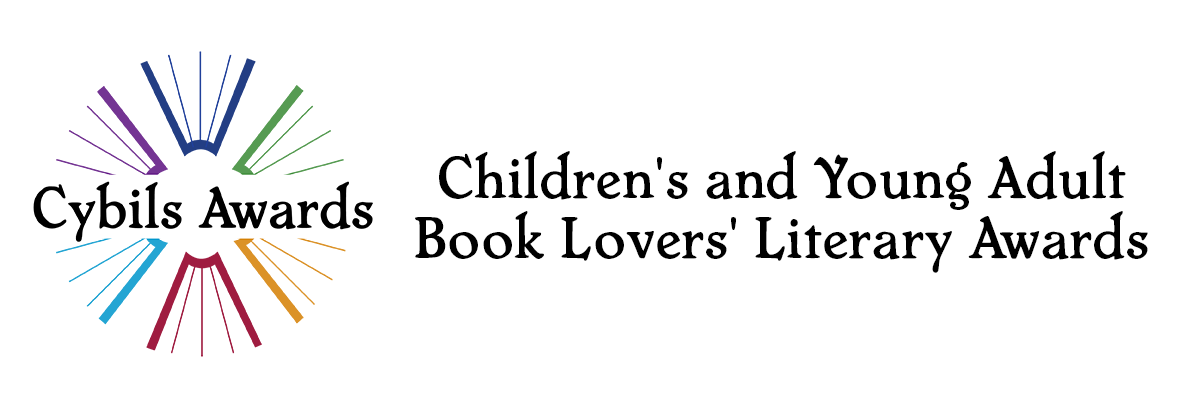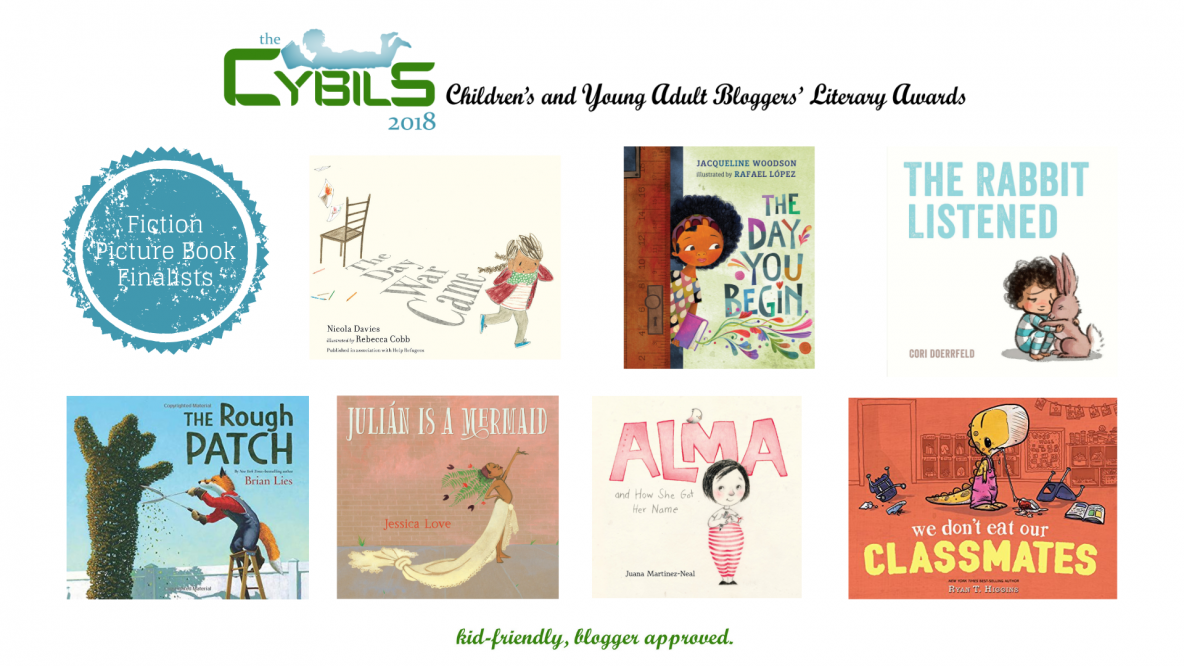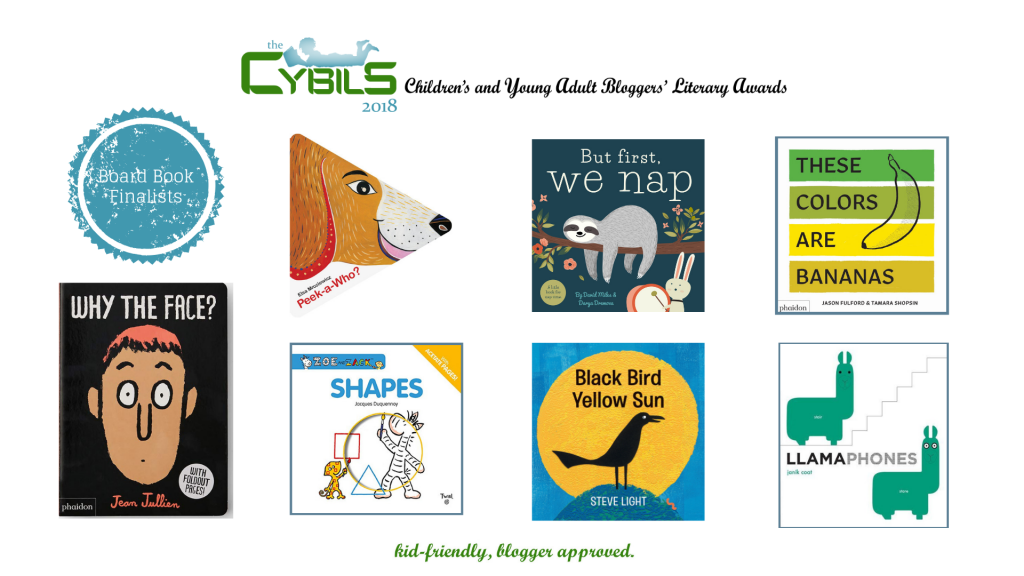Fiction Picture Books
Alma and How She Got Her Name
by Juana Martinez-Neal
Candlewick Press
Nominated by: Irene Latham
“Sofia was your grandmother,” her father began. “She loved books, poetry, jasmine flowers, and of course, me. She was the one who taught me how to read.”
“I love books and flowers…and you, too, Daddy!” I am Sofia. Are any of us happy with the names we are given? Alma Sofia Esperanza Jose Pura Candela is not. Her name is too long, she thinks. But after her father shares the history of her name, she will never feel the same about it again. We all have names, and this book is a wonderful opportunity for children to explore the origins of their names. It’s a brilliant walk through the lives of those who brought us to where we are, told with a beautiful rhythm and a lovely splash of pride in Alma’s family’s Latino culture.
Julián Is a Mermaid
by Jessica Love
Candlewick Press
Nominated by: Nicole
Jessica Love’s debut picture book can be read multiple ways. On the surface, the story is a celebration of young boy expressing his creativity and love of mermaids. There is also a message for tolerance for LGBTQ self-expression that children might not notice. What both adults and children will take away is the multigenerational love between abuela and grandson. Love walks the line between fantasy and reality with breathtaking gouache illustrations that capture the joy and whimsy of a child’s imagination.
The Day War Came
by Nicola Davies, illustrated by Rebecca Cobb
Candlewick Press
Nominated by: Ami Jones
The day war came there were flowers on the windowsill and my father sang my baby brother back to sleep.
When your child starts hard asking questions about things they see or hear on the news, this is the book you want to have on hand to help you find the words. Both people and locations in these illustrations could be anyone, anywhere, making it easier for children to relate. The spare text is from the perspective of the child, and adults’ faces are often not even shown. Some horrors are hinted at, allowing adults to delve into them more or just let them pass for now (…then up a beach where shoes lay empty in the sand…). Just when it seems there is no room for hope, it comes from another child, and then other children. And that is, indeed, where our hope lies – that our children will grow to see a need, and to respond instinctively in the simplest ways. A sad but beautiful volume that deserves a place in every library.
The Day You Begin
by Jacqueline Woodson, illustrated by Rafael López
Nancy Paulsen Books
Nominated by: Elisa
The Day You Begin has been widely used as a first week of school read aloud, and with good reason! This story about new beginnings makes a wonderful early read aloud, but is so much more than a book to start a school year. Jacqueline Woodson has written a beautiful story about believing in yourself, embracing your differences, and noticing in others connections that might have gone unseen. Rafael Lopez created the perfect images to capture this inspiring, vibrant, and gentle tale. The Day You Begin is a reminder that we can begin seeing with new eyes any day we choose, and with that choosing comes endless opportunities for happiness!
The Rabbit Listened
by Cori Doerrfeld
Dial Books
Nominated by: Reno
The block structure that Taylor built in the opening pages of this picture book was simply astounding. Taylor had created something truly special and was basking in its awesomeness when the unthinkable happened and it all came crashing down. In the aftermath, a variety of animals approach Taylor, one by one, each offering different advice on how to handle the experience, such as talking about it or shouting in anger. None of those reactions appeals to Taylor, so each animal heads on its way. But when the rabbit approaches, it doesn’t offer anything more than its close company. The rabbit’s mere presence, and the quiet comfort it provides with no expectations, allows for Taylor to begin to express feelings of sadness, frustration, and even a chuckle or two at the whole ordeal. While this gentle story reflects emotions and experiences for young children, it also serves as a meaningful lesson for the adult caregivers who will read it. Sometimes, all we need to do is be there for our children.
The Rough Patch
by Brian Lies
Greenwillow Books
Nominated by: Matt Forrest Esenwine
The Rough Patch is a story of loss, but celebrates the healing capacity of time, habits, and friendship. The simple text and rich illustrations reveal the depth and strength of human emotions, the importance of living in the moment, and, yes, the circle of life.
The opening spreads are joyous, vibrant, and luminous. Evan (the Fox) and his friend (the Dog) savor every moment of their full, shared lives. Their companionship, comfort, and wordless communication shine on the pages and will be deeply felt by those who share their own lives with dogs, cats, or other friends. The pain of Dog’s death is treated gently, but the wrenching loss is equally familiar. Fox’s grief, anger, and eventual healing will resonate with readers of every age. Time passes, sun shines, and resuming old habits allow Fox’s heart to begin to heal, to gradually enjoy familiar joys. When a scrabbling, squirming possibility reaches out to him at the fair, he chooses to begin anew.
We Don’t Eat Our Classmates
by Ryan T. Higgins
Disney-Hyperion
Nominated by: Heidi G.
We Don’t Eat Our Classmates, by Ryan T. Higgins, hilariously portrays the heartwarming story of first day of school jitters. When Penelope shows up to school to realize that she’s the only dinosaur, she promises that you’ll never get eaten by a T-Rex. That’s when the reader realizes trouble is on its way. The expressive illustrations paired with sparse and witty text makes for the perfect read aloud, and a great way to talk about how kids are feeling about going back to school.
Board Books
Black Bird Yellow Sun
by Steve Light
Candlewick Press
Nominated by: Maria Marshall
What first appears to be a simple concept book teaching colors turns out to be so much more! Using just 18 words, Light tells a complete story with action and adventure. Little ones will be thrilled to find they can ‘read’ the story themselves by following the pattern of the text and by using the vibrant illustrations – and of course the featured colors – as clues. There is even the seek-and-find challenge of spotting the worm in each spread. So many pre-reading skills in one small package!
But First, We Nap
by David W Miles and Darya Dremova
Familius
Nominated by: Sherry Early
Let’s play. OK, but first we nap.
A riddle: What is the one thing that children resist and parents desperately long for the most? Yup. It’s a nap. Sloth wants to nap. Rabbit doesn’t. (Can you figure out who is child and who is parent? Hmmm.) Who will succeed? A delightfully fun spin on naps that will be a surefire segue into naptime for the most determinedly non-napping child.
Llamaphones
by Janik Coat
Harry N Abrams
Nominated by: ChristaS
This is Janik Coat’s third book in this series on word play. Llamaphones features homonyms – words that sound the same but are spelled differently and have different meanings. One special element of this board book is that it is meant to be read as spreads. The unique spine design allows full flat opening without cracking the spine. This allows the reader to enjoy each pair of words, demonstrated by the pair of llamas drawn in a visually arresting way. Added to the fun of the word pairings are Coat’s added interactive touch-and-feel elements such as clock hands that move, raised and flat rows, and flaps that lift. This board book hits the trifecta of being clever, appealing, and educational.
Peek-A-Who
by Elsa Mroziewicz
Minedition
Publisher/ Author Submission
With its triangular shape, Peek-a-Who announces that it is not your average book! Each two-page spread unfolds to reveal a mystery creature. “Who says BAA BAA?”— the most gorgeous sheep you’ve ever seen! Elsa Mroziewicz’s concept and artwork is truly amazing. If you plan on reading this to little ones, be ready to hear: Again, again! Sturdy design assures many fun reads ahead.
These Colors Are Bananas: Published in association with the Whitney Museum of American Art
by Jason Fulford and Tamara Shopsin
Phaidon
Nominated by: Jennie
These Colors Are Bananas, by Tamara Shopsin and Jason Fulford, beautifully teaches colors in an innovative way that draws children in. The book invites children to think about color more deeply, and consider how many colors there are for simple things like bananas. I especially love the last page where all different colors of skin are portrayed with a square cut out for the child to add their color. “Your hand is a color, too. Put it under the square over there and join the party.” There is a beautiful message of diversity in this simple yet engaging and informative book.
Why The Face?
by Jean Jullien
Phaidon
Nominated by: Deb Nance at Readerbuzz
With a playful nod to an adultish adage, this sturdy question and answer board book spurs children to examine cartoon faces and think of an emotion or experience that might accompany each. After asking the titular question, each face’s page folds out to reveal the source of that expression– from a stack of freshly made pancakes and warm bread that elicit an enthusiastic “yum” to a pink-haired rocking trio making music much, much too loudly, among others. I particularly like one page that shows two very different reactions to a collection of various insects and bugs, with one thinking they’re pretty cool while the other is totally grossed out. (Note: the genders I perceived of the two faces did not match the expected stereotype, so bonus points!) Little ones will giggle along at the silliness, while adults can introduce words for the various emotions and expressions.
Zoe and Zack: Shapes
by Jacques Duquennoy
Twirl
Publisher/ Author Submission
Zoe, a clever zebra, and his colorful little buddy Zack (who seems to be an anole, shifting colors from page to page), wield paintbrushes on opposite pages. Flappable acetate inserts turn their separate strokes into new shapes. As each produces simple strokes, their efforts combine to form other shapes and even colorful characters. Arcs become circles, circles become bears, lines become squares, and squares become robots. Simple sentences label the shapes and figures, leading to a fun conclusion. The font is sized and placed to be visible but not interfere with the creative images. The acetate pages are mounted on cardboard frames, allowing them to survive multiple toddler page turns.
Zoe and Zack star in a series of other titles (Colors, Opposites). In each case the simply-drawn characters convey appealing personalities, along with charming curiosity, surprise, and delight as they explore basic concepts.
















